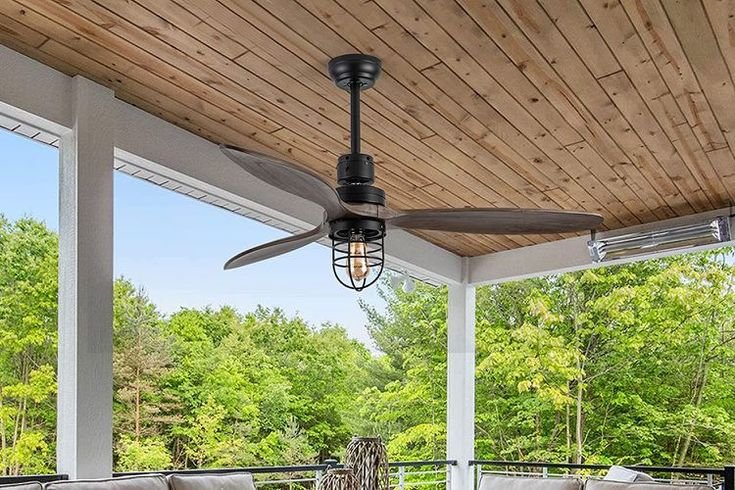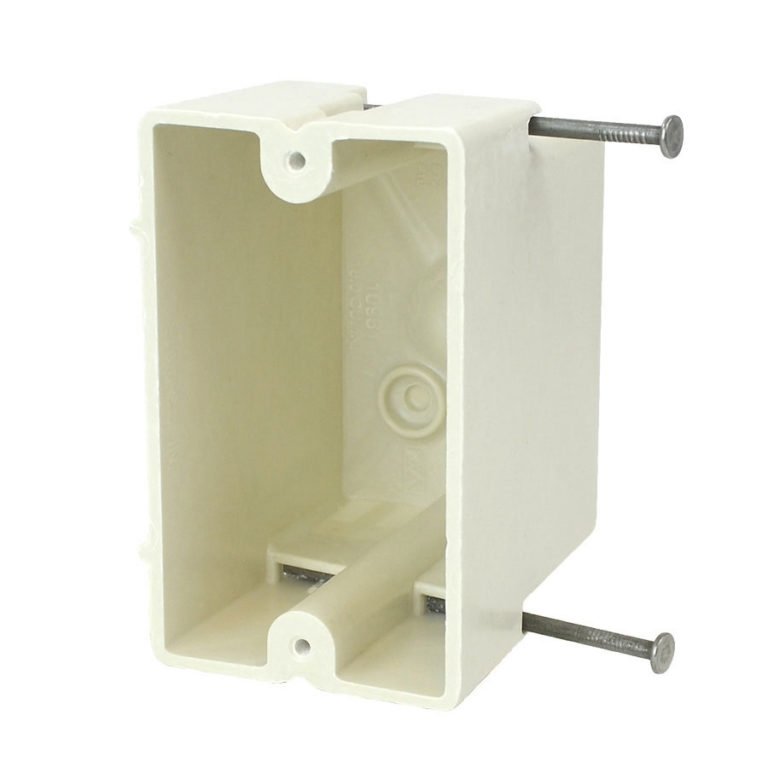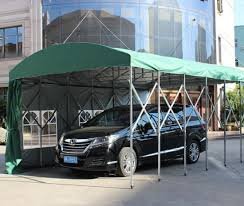How Commercial Ceiling Fans Improve Airflow in Large Spaces
Maintaining proper airflow in expansive indoor environments such as warehouses, gyms, shopping malls, and manufacturing plants is essential for occupant comfort, energy efficiency, and operational effectiveness. Among the various ventilation solutions available, commercial ceiling fans have emerged as one of the most reliable and cost-effective tools to ensure proper air circulation in such settings. Their design, power, and reach distinguish them significantly from traditional residential ceiling fans, making them ideal for addressing the unique challenges posed by large spaces.
In many cases, businesses and facility managers turn to commercial ceiling fans to combat air stagnation and uneven temperature distribution. These fans are specifically engineered for high-volume, low-speed (HVLS) performance, providing broad air movement that enhances thermal comfort without the high energy cost associated with HVAC systems running constantly. When used in tandem with air conditioning or heating systems, they can also help regulate temperature more evenly, reducing hot or cold spots and lowering overall energy use.
The Science Behind Better Airflow
Unlike small, fast-spinning ceiling fans, commercial ceiling fans rely on their massive blade spans—often ranging from 7 to 24 feet—and slower rotational speed to move large volumes of air efficiently across wide areas. This gentle, consistent breeze improves air mixing, ensuring that conditioned air (either cooled or heated) is evenly distributed throughout the space. The result is a more comfortable indoor environment that feels cooler in the summer and warmer in the winter, depending on the direction in which the fan operates.
Another crucial aspect of improved airflow is enhanced ventilation. In industrial or commercial settings, where machinery may emit heat or airborne particles, proper airflow can help push contaminants toward exhaust systems or open areas, improving air quality for occupants. This makes commercial ceiling fans particularly beneficial in environments like auto repair shops, factories, and agricultural facilities.
Energy Efficiency and Cost Reduction
One of the standout benefits of commercial ceiling fans is their ability to contribute to energy savings. By enhancing the perceived temperature in a space, these fans allow building operators to raise thermostat settings during warmer months or lower them slightly in colder seasons without sacrificing comfort. For example, a well-positioned commercial ceiling fan can make a room feel up to 10 degrees cooler, reducing reliance on air conditioning and lowering electricity costs.
Additionally, because commercial ceiling fans consume far less power than HVAC systems, they provide a sustainable alternative for facilities aiming to reduce their carbon footprint. Many models also come with energy-efficient motors and programmable controllers, allowing for precise scheduling and integration into building management systems.
Enhanced Comfort and Productivity
In workplaces, comfort plays a vital role in employee satisfaction and productivity. Poor air circulation can lead to discomfort, fatigue, and decreased focus, especially in hot or stuffy environments. Commercial ceiling fans provide a consistent and refreshing breeze that enhances thermal comfort without the abrupt chill or noise often associated with HVAC vents or portable fans.
Retail environments, gyms, and event spaces also benefit from improved airflow, as it enhances the overall customer or visitor experience. In large public areas, the gentle movement of air from a ceiling fan can prevent the buildup of odors, reduce humidity, and maintain a fresher, more pleasant atmosphere.
Flexible Installation and Design
Modern commercial ceiling fans are designed with flexibility in mind. They can be installed in various ceiling heights and configurations, and many models are engineered for minimal noise and sleek aesthetics, making them suitable even for architecturally sensitive environments like museums, libraries, or high-end retail spaces.
Some fans also include smart features such as temperature and occupancy sensors, allowing them to automatically adjust speed or turn off when not needed. This intelligent operation further enhances energy savings and reduces maintenance requirements.
Conclusion
In summary, commercial ceiling fans offer a powerful solution for improving airflow in large spaces. From enhancing air circulation and regulating temperature to reducing energy costs and boosting occupant comfort, their impact is both immediate and long-term. Whether you manage a warehouse, school gymnasium, commercial showroom, or production facility, investing in high-performance commercial ceiling fans can contribute significantly to a more efficient, comfortable, and healthier environment.







